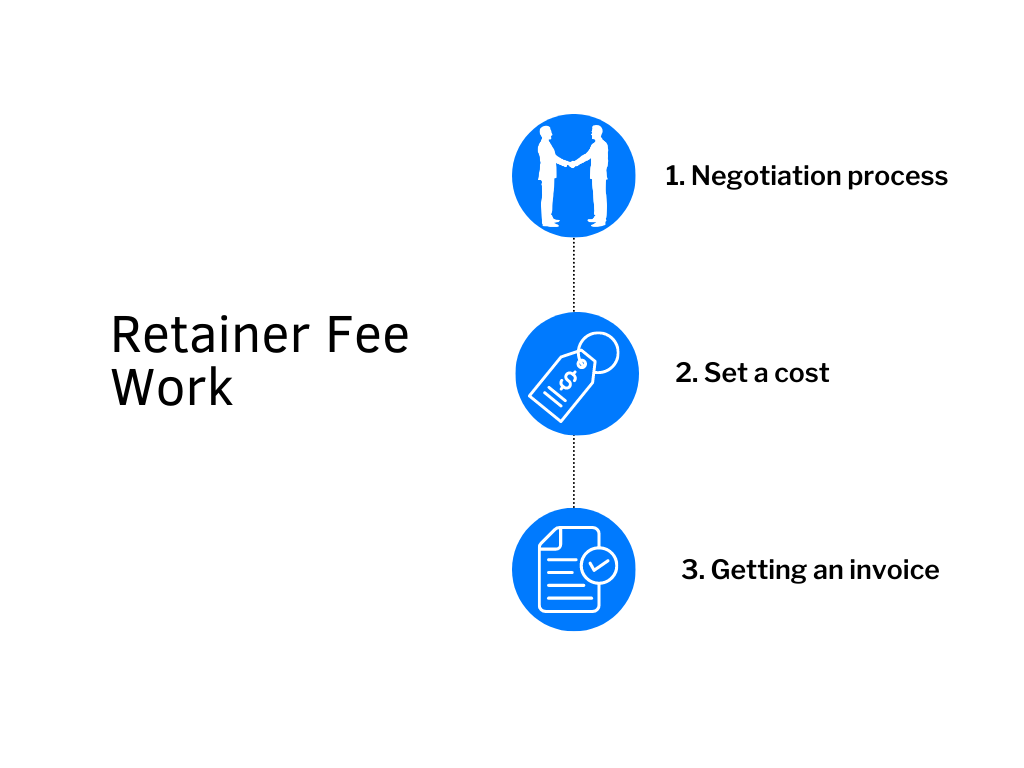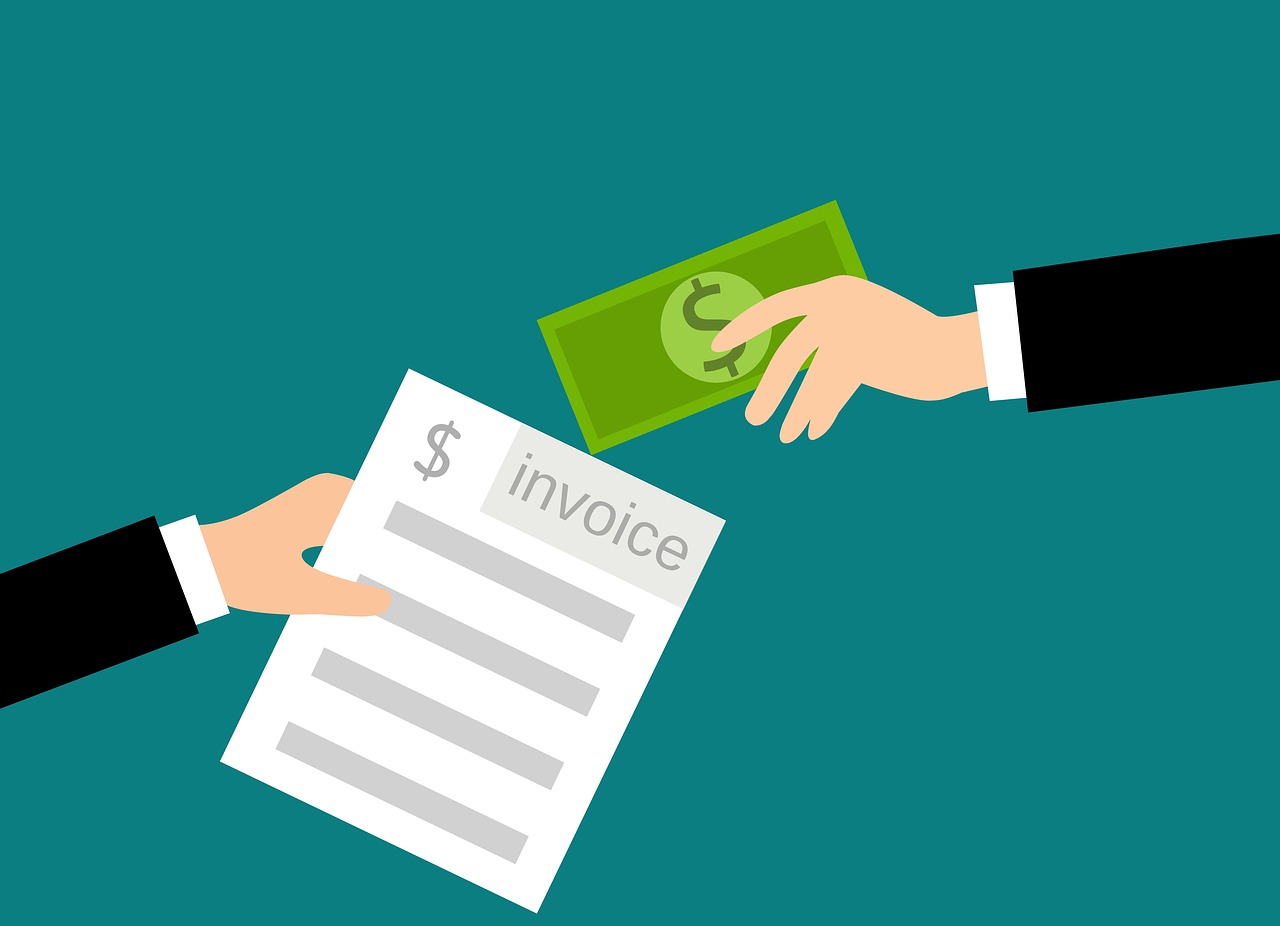
How to Apply a Discount to an Invoice
How to Apply a Discount to an Invoice A good discount is what your customer…

There are different types of upfront payments, so it’s essential to understand how each of them works to know what you’re dealing with. What does retainer fee mean? It is a form of advance compensation or down payment paid to service professionals (such as lawyers or consultants) before work begins. It is a kind of guarantor of the interest of the payment recipient.
The amount of such a deposit can vary depending on your agreement. As a rule, it is not the entire estimated amount payable, and a customer might have to pay the balance to a contractor upon completion of the work. Sometimes the final cost of a project turns out to be lower than the deposit amount, and part of it should be refunded.
You usually pay a retainer to the recipient account separated from the main one. This way, the contractor does not spend the deposit on personal needs before completing the ordered work but can use them to get down to business. It is also important to remember that the payment of an upfront fee does not guarantee a positive outcome; it only serves as a guarantor of the start.
Before the start of any project, a negotiation process follows. You should discuss with the contractor the scope, period of work, and all the payment details. Based on preliminary analytics, the order cost is set, which you should pay by transferring money to a trust account. Upon completion of the work, you receive an invoice (the expert can send invoices online or in the form of hard copies), and your deposit is transferred to the main account of the contractor. From here, you can get the answer to the question, “What does it mean to be on retainer?” This phrase refers to performers who work in the format described above.
However, there is always the possibility that your project will take longer, be more complex, and require additional costs. Such details are usually stipulated in the contract and are not surprising. In this case, you will also see a full list of additional expenses in your consultant or law invoice, which means that you need to pay the missing amount. This format also works the other way around. According to the standard retainer fee definition, if your order is completed earlier than expected and the cost of the work turns out to be less, the difference in the amounts will be refunded.
This format also works the other way around. According to the standard retainer fee definition, if your order is completed earlier than expected and the cost of the work turns out to be less, the difference in the amounts will be refunded.
There are several categories of retainer in business. They can be conditionally divided into two large groups depending on the payment agreement between the parties:
| Types of retainers | |
|---|---|
| Earned | The agreement might provide for the gradual release of funds as the case progresses, for example, after the completion of one stage |
| Unearned | Commonly used option when upfront payments are transferred to a separate account and cannot be used until the work is completed in full. |
The retainer fee meaning also provides for the division of upfront payments into three other groups (these two classifications are not mutually exclusive):
| Retaining fee | It is the classic, most commonly used option described above. You deposit money for the project into a trust account, and the contractor receives it when the work is completed. |
| General fee | It is used when paying not for the entire planned project but for a certain time the hired specialist must devote to you. |
| Special retainer | This format is prohibited by law since it does not allow the contractor to be fired before the ordered work is completed. |
The choice of a specific type of payment retainer directly depends on the service sector and the project’s specifics. The customer and the contractor must agree on the format of their interaction before the start so that each party understands what they agree to.
Like any other concept, the payment retainer is not without flaws. The main difficulty lies in the fact that the contractor might not manage to cope with the amount of work required by the customer, and the latter risks losing their money if the project does not provide the desired result. Since there are always risks, you should evaluate all possible outcomes before entering into an agreement.

This block will help you better understand the features of this payment form so that you will no longer wonder, “What is a retainer fee for?” Imagine that you are hiring a lawyer, consultant, or programmer (which is where this format is most common) who charges $300 an hour for their services. This professional evaluates your case or project and concludes that it will take 10 hours. In this case, the retainer amount is $3000.
The contractor receives this amount on their trust account and starts work. If the project took longer, say 12 hours, the customer should pay an additional $600. Though the payee cannot simply request extra money, they are obliged to provide a breakdown of additional costs. They should display this information in their invoice. If the case took less time, for example, 7 hours, the performer is obliged to return $900 to you.
This format of upfront payment makes the relationship between customers and executives more reliable. For everything to be within the law, you should not only write contracts but also be able to work with invoices correctly. Invoice Maker will help you with the latter.


How to Apply a Discount to an Invoice A good discount is what your customer…

How to Add Taxable and Non-Taxable Items on One Invoice Invoicing is never as straightforward…

3 Reasons to Use Paperless Invoices It is 2024 out there, and machines have already…